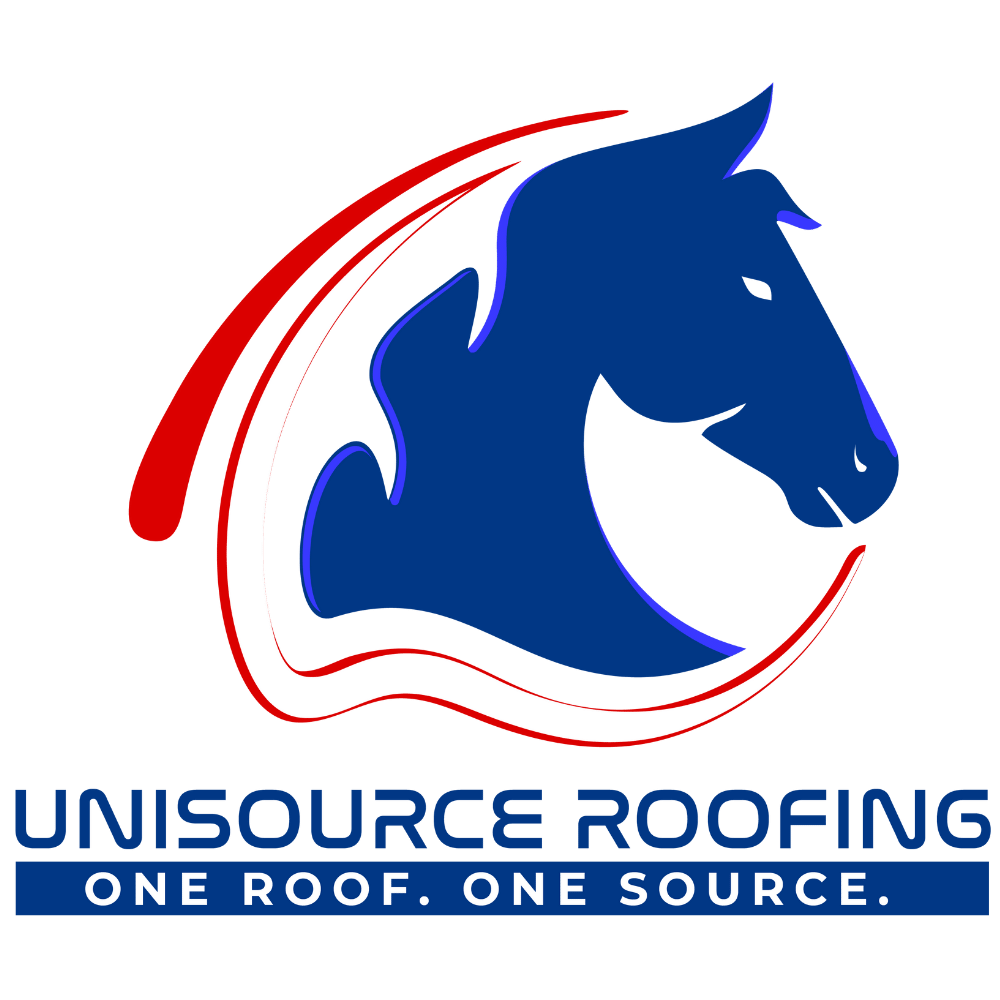How to Safely Eliminate Moss from Roof Shingles and Ensure It Doesn't Return
Moss on roof shingles isn't just an aesthetic concern; it's a potential threat to the longevity and functionality of your roof. At Unisource Roofing, we understand the importance of maintaining a moss-free roof, and we're here to guide you through the process.
The Detrimental Effects of Moss on Shingles
While some homeowners might appreciate the rustic charm moss lends to a roof, its presence can be harmful. Moss gathers water from its leaves, allowing it to thrive on shingles, which are typically dry and nutrient-deprived. This can lead to:
Root Penetration: Moss can grow roots directly into the shingles, leading to degradation and potential leaks.
Water Retention: Moss retains water, creating persistently damp conditions on your roof, which can weaken shingles over time.
Impeded Drainage: Moss can obstruct the flow of water, preventing it from efficiently reaching the gutters.
If moss is left untreated, minor issues can escalate, potentially necessitating the intervention of roofing experts in Louisville KY.
Effective Moss Removal Techniques
If you've identified moss on your roof, it's crucial to address it promptly. Here's a step-by-step guide:
Preparation: Gather a garbage bag, garden hose, ladder, and an EPA-rated moss-specific cleaner. Alternatively, prepare a mix of mild bleach or detergent with water.
Application: Safely position your ladder near the mossy area. Spray the moss with your chosen solution.
Waiting Period: Allow the solution to sit on the moss for 15-20 minutes.
Rinsing: Gently rinse the moss using a garden hose on low pressure. Ensure the water flow doesn't lift the shingles.
Manual Removal: Any remaining moss can be gently removed by hand. Ensure you're safely positioned on the ladder during this process.
Methods to Avoid
While there are numerous moss removal suggestions available, some can be detrimental to your roof. Avoid:
Scrubbing: This can damage the asphalt shingles and strip them of their protective granules.
Pressure Washing: This can break the adhesive of shingles, lift them, and even cause leaks.
Harsh Chemicals: High concentrations can damage shingles, increasing leak risks.
If you're unsure about a method, it's always best to consult with Louisville roofing contractors.
Precautions for New Roof Installations
If you're considering a new roof, it's essential to address any underlying moss issues first. Installing a new layer of shingles over moss can lead to:
Compromised Roof Quality: Moss can continue to degrade the underlying structure.
Uneven Roof Surface: Moss and damaged decking can result in an uneven surface, affecting drainage and aesthetics.
Safety Concerns: Moss can be slippery, posing risks to roofers during installation.
Preventing Moss Regrowth
To protect your new roof from moss:
Reduce Shade: Trim trees or relocate garden structures that cast shadows on the roof.
Opt for Algae-Resistant Shingles: These can deter moss growth.
Install Metal Strips: Copper, zinc, or galvanized metal strips can inhibit moss growth over time.
Regular Inspections: Ensure proper drainage by having your gutters inspected and cleaned annually.
In Conclusion
Moss might seem harmless, but its presence on roof shingles can lead to significant issues. At Unisource Roofing, we recommend proactive measures to prevent moss growth and timely interventions if moss is detected.

